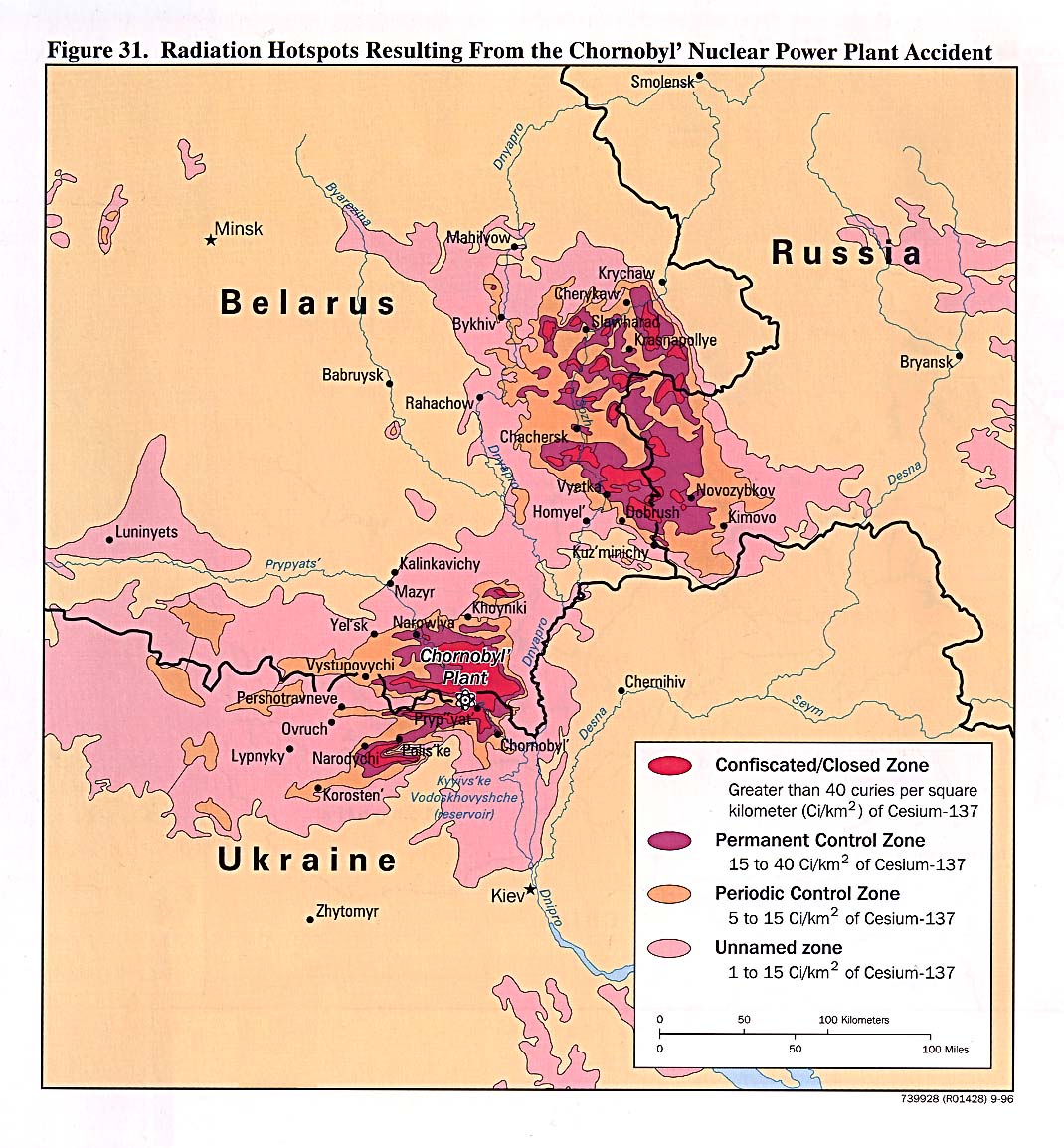I just bought a number of volumes of the Word of Cecil, and have diligently been studying the Scriptures. Alas, I have found an error.
In his column What is the purpose of underground nuclear testing? (which can also be found in Return of the Straight Dope), Cecil states that “The U.S. is thought to have conducted more than 900 nuclear tests since 1945, all but 10 of them at the Nevada Test Site, a vast federal reserve about 100 miles north of Las Vegas”. United States Nuclear Tests July 1945 through September 1992, a PDF document from the Federation of American Scientists, indicates that the United States has conducted a total of 1,030 nuclear tests, of which 904 took place at the NTS, 106 in various parts of the Pacific (including, of course, Bikini Atoll, which had a total of 23), 3 in the South Atlantic, and 17 in various other spots, including seven in other parts of Nevada, one in Hattiesburg, Mississippi, of all places, and of course one at Alamogordo, NM.
The correspondant who objected to that column also seems to have made at least one factual error; he states “there is no known case of a nuclear bomb being tested and not going ‘boom.’” In fact, test Able of Operation Buster in 1951 appears to have been a complete failure. Able was intended to be a very low yield, with a predicted yield of 0.2 kilotons, but wounded up being
It was “the first actual failure of any U.S. nuclear device (the 18th exploded by the U.S.), and the first known failure of any nuclear device.” A number of other tests produced much lower than expected yields, as Cecil alluded to: the 1953 tests Ruth and Ray from Operation Upshot-Knothole were supposed to yield 1.5 to 3 kilotons and 0.5 to 1 kiloton, respectively, but neither achieved more than 0.2 kilotons. Ruth didn’t even completely vaporize the tower it was sitting on top of. Franklin in 1957 from Operation Plumbbob was intended to be a 2-kiloton device, but wound up yielding only 0.14 kt. Conversely, there were also cases where bombs had much higher yields than were predicted; the Bravo test from Operation Castle was supposed to yield 4-8 megatons, and wound up being 15 megatons. There were also cases where nuclear tests failed because missiles malfunctioned and had to be blown up, but those weren’t bomb failures per se.

 ) would report it.
) would report it.